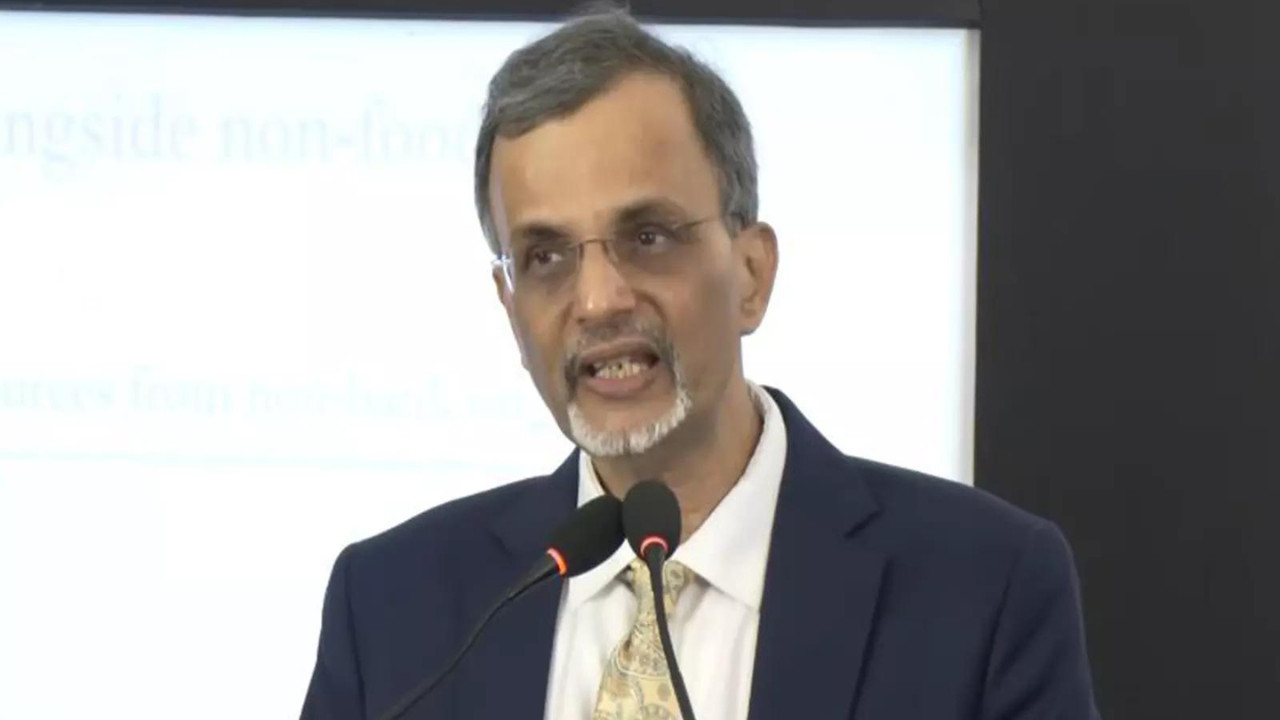New GST rates 2025 full list effective today: The Modi government’s next-generation GST reforms take effect on September 22, 2025, coinciding with the start of Navratri. These reforms reduce tax slabs to 5% and 18%, making household items, cars, and food cheaper. Here is the full list of new item-wise GST rates:
Navratri Brings More Than Just Festivities: Decoding the Latest GST Rates in India
The air is thick with anticipation as Navratri festivities kick off, but there’s more than just dancing and devotional songs in the mix. A revised landscape of Goods and Services Tax (GST) rates has quietly come into effect, impacting everything from the snacks we munch on to the homes we aspire to own. Forget static reports – let’s dive into how these changes might ripple through your wallet.
India’s GST system, known for its multi-tiered structure, underwent revisions on September 22nd, ushering in a mix of price adjustments. The changes aim to fine-tune the tax burden across various sectors. Think of it as a seasonal tune-up, designed to keep the economic engine humming smoothly, although the actual impact always plays out in a slightly more complex melody.
What’s Cheaper? What’s Dearer? The Post-GST Price Check
So, what exactly is going to cost you less, and where might you feel a pinch? The GST Council has tweaked rates across different slabs (0%, 5%, 18%, and 28%), leading to some notable shifts.
One of the most significant revisions involves tax cuts on specific food items. Certain ingredients used in the food processing industry now fall under lower tax brackets. This could translate to slightly more affordable processed foods on supermarket shelves – a potential boon for budget-conscious consumers. However, the impact isn’t always immediate, as manufacturers often need time to adjust their pricing strategies.
Construction is another sector seeing changes. The affordable housing segment witnessed some alterations in tax rates, potentially influencing the overall cost of buying a new home. While the details are complex and depend on the specific project and location, it’s worth paying close attention to the fine print if you’re in the market for a new residence.
On the other hand, some goods and services may see a slight increase. Remember, while some items move into lower tax brackets, others might experience the opposite effect. The specific list of affected items is extensive, making it crucial to stay informed about products and services you frequently use.

Navigating the Nuances of New GST Rates
The GST system is far from simple. Understanding the intricacies requires a deeper dive beyond the headlines. For instance, the changes often involve complex input tax credit mechanisms, which can influence the final price consumers pay. Input tax credit refers to the system where businesses can claim credit for the GST they’ve paid on their purchases, which they use in producing goods and services.
Furthermore, the impact varies depending on the state and the specific interpretation of the GST rules. Businesses are often left grappling with the complexities of implementation, and the benefits of lower taxes don’t always get passed down to consumers immediately. It’s not unusual to see a lag between policy changes and visible price adjustments.
The Broader Economic Picture
These GST rate revisions are not isolated events. They form part of a broader strategy aimed at optimizing the tax revenue and boosting economic growth. The government hopes that these adjustments will lead to increased compliance, reduced tax evasion, and a more streamlined business environment.
By carefully calibrating the tax burden, the GST Council aims to stimulate consumption, encourage investment, and create a more favorable climate for businesses to thrive. Of course, whether these goals are fully achieved depends on a multitude of factors, including global economic trends and domestic policy decisions. This is an area that policy makers constantly analyze to ensure economic stability.
Staying Informed in a Dynamic Tax Landscape
The GST landscape is constantly evolving. New notifications, clarifications, and amendments are frequently issued, making it essential for businesses and consumers alike to stay informed. Government websites, industry associations, and reputable financial news outlets are valuable resources for keeping abreast of the latest developments. Consulting a tax professional is also advisable, especially for businesses navigating the complexities of GST compliance. For more on related topics, read about the impact of inflation on Indian households.
Navigating these changes requires vigilance and a willingness to adapt. While Navratri brings its own set of celebrations, understanding the shifting landscape of GST rates is essential for making informed financial decisions in the months ahead. The interplay between policy, business, and consumer behavior will determine the true impact of these changes on India’s economic trajectory.







